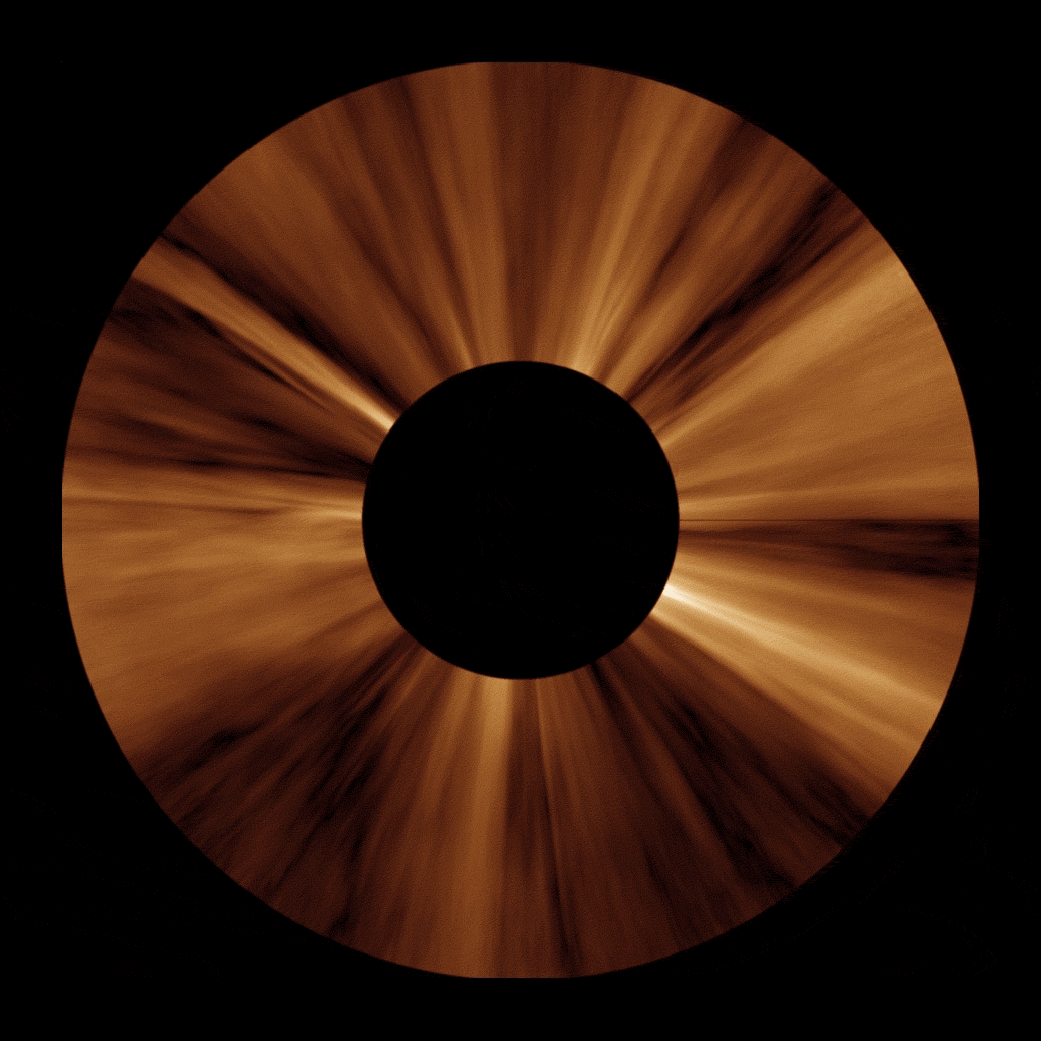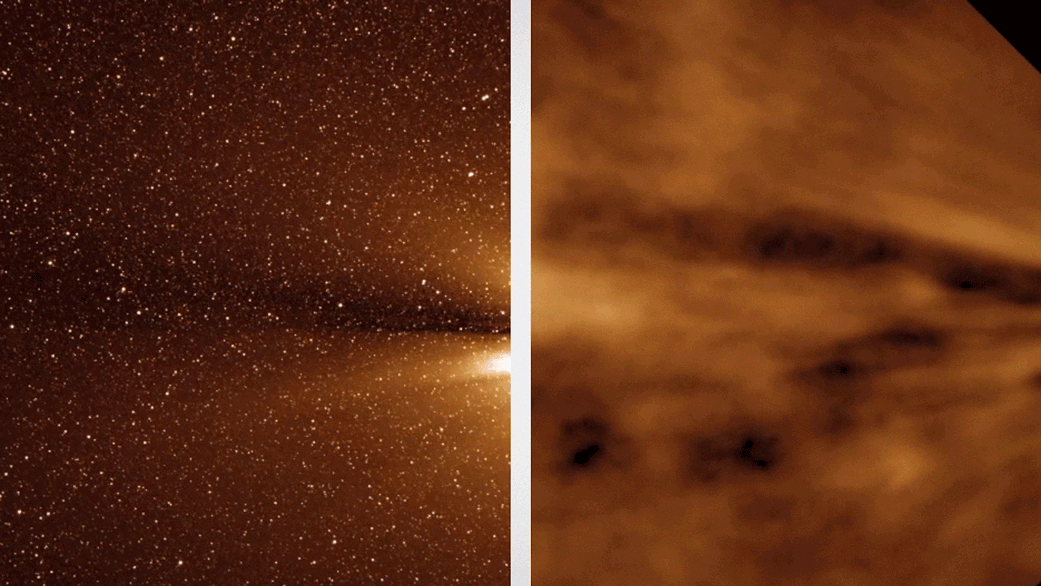New Look Inside Sun's Atmosphere Yields Clues About Mysterious Solar Wind

Our sun is surrounded by a deep, million-degree atmosphere that affects everything in the solar system — but how, precisely, it does so is a mystery.
The atmosphere, called the corona, produces the solar wind — a flood of charged particles that stream out of the sun and across the solar system. As the solar wind travels to Earth, it brings threats of radiation and magnetic interference.
Now, in a new study, researchers have finally managed to watch it being born in the sun's outer corona. The images provide enough detail for researchers to be able to start piecing together why it flows in such complex ways. They have concluded that one likely explanation is that the turbulence is a legacy of where it comes from. [During Eclipses, Astronomers Try to Reveal the Secrets of the Solar Wind]
"Previous images showed the outer corona as a smooth structure, but in deep space, the solar wind is turbulent and gusty," co-author Craig DeForest, a solar physicist at the Southwest Research Institute in Texas, said in a university statement. "Using new techniques to improve image fidelity, we realized that the corona is not smooth, but structured and dynamic. Every structure that we thought we understood turns out to be made of smaller ones, and to be more dynamic than we thought."
The research relied on data from STEREO, a NASA mission that has been orbiting the sun since 2006. It carries an instrument called a coronagraph, which uses a black disk to block out the bright surface of the sun. That lets scientists see what's happening in the corona, which is much fainter than the surface and would otherwise be washed out by its light.
But that data hasn't been detailed enough to let scientists see what's really happening inside the corona, according to NASA. To tackle that problem, the researchers first asked for a specific type of data from the STEREO team: long-exposure images that would capture fainter signals. Then, they set to work laboriously cleaning up the data to remove confusing factors like the light of background stars or false signals from the instrument itself.
The cleanup involved piecing together the images in a particularly careful way that considered how quickly the solar wind was flowing out and shifting the images accordingly. To do so, they matched up images over time, according to their place in the flow of solar wind, rather than their specific location in space — like tracking individual patches of solar wind as they streamed out of the sun.
Get the Space.com Newsletter
Breaking space news, the latest updates on rocket launches, skywatching events and more!
The process is the equivalent of aligning sequential images of a log drifting in a current so that the log, rather than the trees along the riverbank, stacks up in every image — offering a more detailed image of the log.

The result is a much clearer picture of the flow of solar wind, showing the smaller structures that make up the seemingly disorganized whole. That structure, hidden below the smooth surface, helps explain why the solar wind flows so turbulently as it travels farther away from the sun.
The research is described in a paper published in The Astrophysical Journal on July 18.
The new imaging also highlighted a region where things got particularly interesting, about 4.3 million miles (7 million kilometers) above the sun's surface. Before and after this point, the solar wind was relatively easy to track, but in this region, the flow seemed to hit a bump in the road. The team isn't sure what's happening there.
Conveniently enough, NASA is due to launch a new mission that will bring scientists even more data about the sun's corona. The Parker Solar Probe, scheduled for launch in early August with data collection beginning later this year, will eventually fly directly through this region of our star, dipping below the bumpy section — and hopefully deciphering still more mysteries about the solar wind and its birthplace.
Email Meghan Bartels at mbartels@space.com or follow her @meghanbartels. Follow us @Spacedotcom, Facebook and Google+. Original article on Space.com.
Join our Space Forums to keep talking space on the latest missions, night sky and more! And if you have a news tip, correction or comment, let us know at: community@space.com.

Meghan is a senior writer at Space.com and has more than five years' experience as a science journalist based in New York City. She joined Space.com in July 2018, with previous writing published in outlets including Newsweek and Audubon. Meghan earned an MA in science journalism from New York University and a BA in classics from Georgetown University, and in her free time she enjoys reading and visiting museums. Follow her on Twitter at @meghanbartels.









